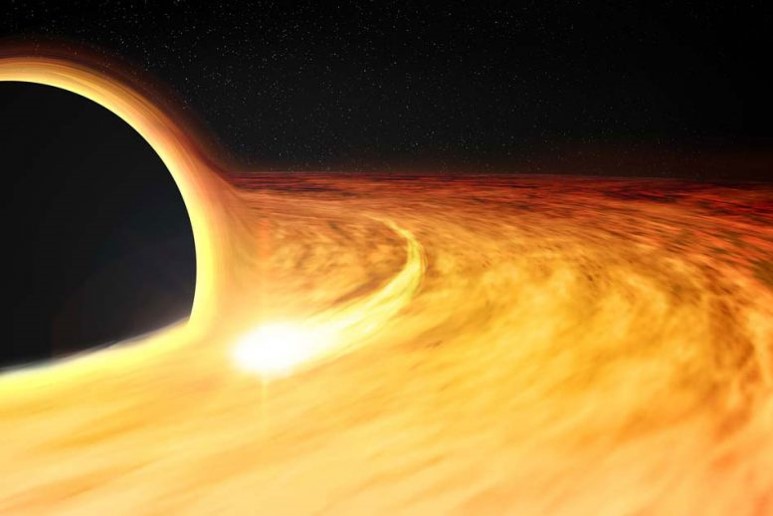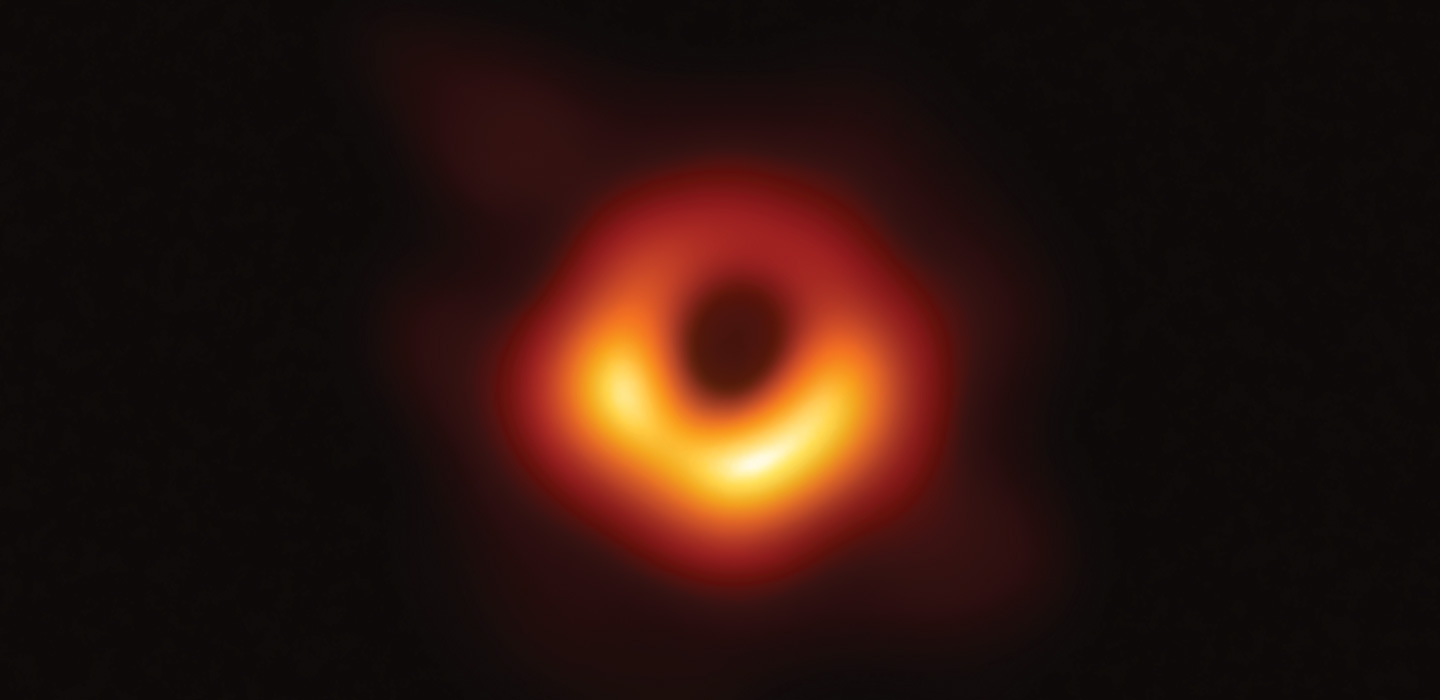Black Holes & Gravitational Waves
 Black holes – regions of spacetime with gravitational field so strong that not even light can escape from – are remarkable objects predicted by Einstein’s general theory of gravitation. According to our best understanding, black holes do not have a physical surface, but rather its "horizon" is a mathematical boundary such that whatever has crossed the horizon can no longer escape. As such, black hole horizons play important roles in various aspects of gravitational physics. Notably, it hides the singularity from exterior observers. Sir Roger Penrose was awarded the Nobel Prize in Physics in 2020 for his singularity theorem -- the mathematical proof that in general relativity, a singularity must form under a complete gravitational collapse once a compact trapped surface is formed. Nevertheless, the nature of spacetime singularity remains unclear. It is often believed that quantum gravity would eventually resolve the singularity. However, even quantum corrections to classical gravity at the semi-classical level is challenging: for example, does Hawking evaporation carry quantum information? If not, is information lost inside black hole? Even at the classical level, it is not guaranteed that Einstein's general relativity remains correct very close to the black hole horizon (though so far this appears to be the case). If there is any correction to general relativity, it would show some sign in the "strong field" regime near black holes. With the recent advances in observational techniques we can start to study these problems. In the following, we introduce three major directions our center is currently investigating:
Black holes – regions of spacetime with gravitational field so strong that not even light can escape from – are remarkable objects predicted by Einstein’s general theory of gravitation. According to our best understanding, black holes do not have a physical surface, but rather its "horizon" is a mathematical boundary such that whatever has crossed the horizon can no longer escape. As such, black hole horizons play important roles in various aspects of gravitational physics. Notably, it hides the singularity from exterior observers. Sir Roger Penrose was awarded the Nobel Prize in Physics in 2020 for his singularity theorem -- the mathematical proof that in general relativity, a singularity must form under a complete gravitational collapse once a compact trapped surface is formed. Nevertheless, the nature of spacetime singularity remains unclear. It is often believed that quantum gravity would eventually resolve the singularity. However, even quantum corrections to classical gravity at the semi-classical level is challenging: for example, does Hawking evaporation carry quantum information? If not, is information lost inside black hole? Even at the classical level, it is not guaranteed that Einstein's general relativity remains correct very close to the black hole horizon (though so far this appears to be the case). If there is any correction to general relativity, it would show some sign in the "strong field" regime near black holes. With the recent advances in observational techniques we can start to study these problems. In the following, we introduce three major directions our center is currently investigating:
A) Gravitational Wave Physics
When two massive objects like black holes or neutron stars orbit each other tightly, they produce ripples in the fabric of spacetime. These gravitational waves were finally detected by LIGO in 2015, a hundred year after Einstein's published his general relativity. This is no less important than Galileo's first observation of the night sky through telescope -- both of these opened up new windows to look into the secret of the cosmos. Every time we discovered a new way to probe Nature, she has revealed surprises that we hadn't even imagined before. As gravitational detection projects are being established across the planet, a deluge of data would become available in the next few decades that in turn will change the way we understand our Universe.
Notably, gravitational wave could reveal features of black holes beyond those predicted by Einstein's theory. Some quantum gravitaty phenomenological models predict corrections at the horizon scale, which in principle could produce detectable signatures (such as "echoes" of gravitational waves"). Our center is currently investigating the signatures that gravitational wave can reveal under various physical processes, for example, gravitational collapse and EMRI (extreme mass-ratio inspiral). These could also be used to constrain theories of modified gravity.

B) Black Hole Shadows
The Event Horizon Telescope, a network of radio telescopes situated across the Earth, captured the first image of a black hole (a supermassive black hole at the center of a far away M87 galaxy) in 2019. This so-called "black hole shadow" has peculiar geometric shape dictated by the highly curved spacetime around the black hole. It appears larger than the actual size of the black hole as the image contains also the backside of the black hole, its image being mapped over by light rays that curve around the black hole. Different black hole solutions would have different shadows, and so details in the shadows in future observations could help us to constrain modified theories of gravity, and even to test for the possibility that some shadows could be that of a wormhole or other exotic compact objects. Our center is currently studying the various features and properties of shadows.

C) Analog Black Holes
Since real black holes are far away, some of its effects like Hawking radiation or other quantum effects like entanglement, cannot be directed probed by observations. However, analog systems in the lab utilizing optics, Bose-Einstein condensates, or even water and other fluid, have been constructed to mimic such effects. Our center is studying both theoretical aspects of analog black holes, as well as collaborating on laser experiments that mimic black holes. This could reveal both classical and quantum properties of black hole spacetimes.